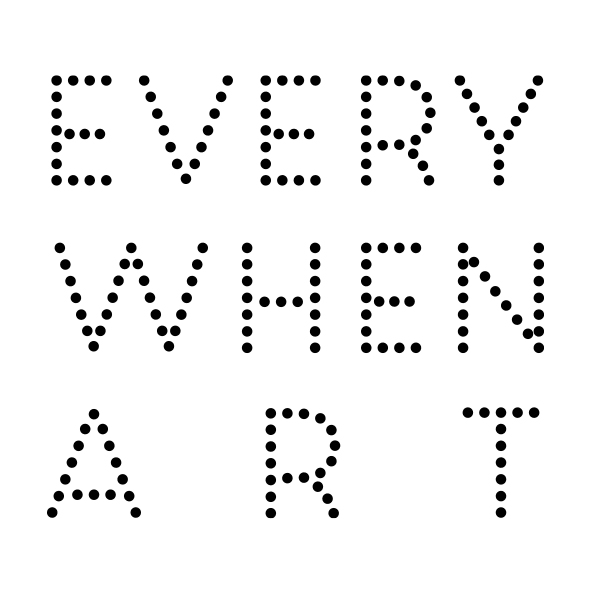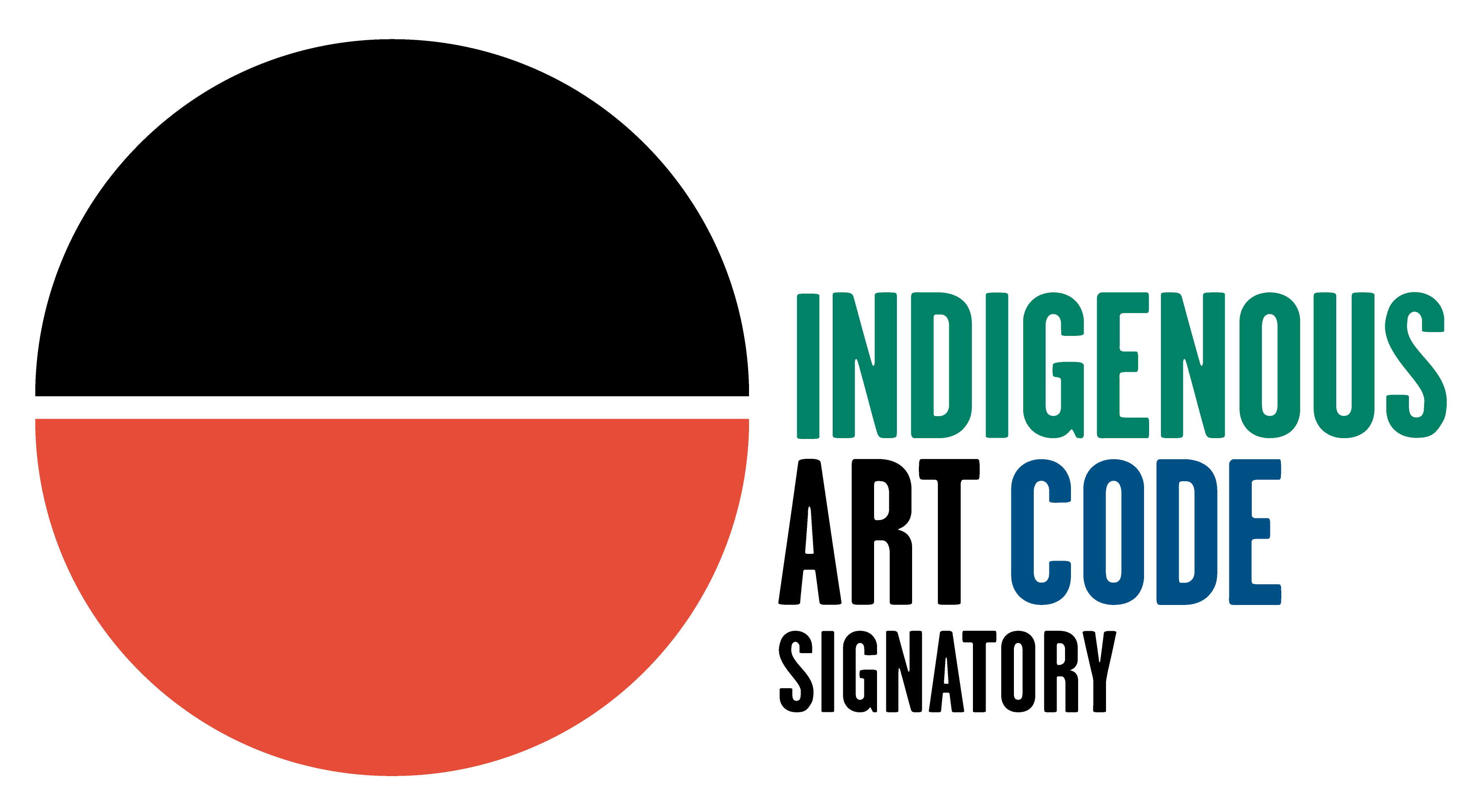Barbara Weir Anmatyarre/Alyawarre, b. 1945
47 1/4 x 35 3/8 in
Amongst Barbara Weir’s most well known works are the gestural, expressionistic and often highly coloured paintings of grasses such as this vibrant multi-hued work that depicts the movement of the grass in the wind and as native animals move through it. It also pays homage to the once plentiful, now rare, grass seeds that Aboriginal women ground as flour for seed cakes. Born around 1945, Barbara Weir’s mother was Minnie Pwerle and her father Jack Weir, the white lessee of a cattle station adjoining her mother’s country. Barbara Weir had a unique relationship with Emily Kame Kngwarreye who was her main carer as a child before she was removed from her home by the Native Welfare Patrol at the age of nine. After years of living with various families and attending schools all over Australia, not remembering the origin of her birthplace, she rediscovered it after some years of searching in the 1960s. The first person she met on her return to Utopia was her cousin, artist Kathleen Petyarre. It took Weir some years to relearn the language and to re-establish a relationship with her mother, during which time she again became extremely close to Emily Kngwarreye. By the 1980s, Weir had become a fluent Anmatyerre and Alyawarre speaker, the first female member of the Aboriginal Land Council and had been instrumental in the Utopia people’s successful land rights claim in 1975. In 1985 she was the first woman president of the region’s Urapuntja Council. She was one of the younger women of the Utopia batik school and in 1994 travelled to Indonesia with the group to work with traditional batik makers. She started painting around 1994 and has since become a highly popular and successful artist, travelling to exhibitions of her work held around Australia and internationally. All of Weir’s paintings are representations of the once fertile lands of her mother’s country at a time when plants, animals and water (including that considered sacred) were plentiful. Themes of her paintings include grass seed, bush berry, wild flowers and Awelye (women’s body design). Her two main painting themes are those of grass seeds and an encyclopaedic, evolving series entitled My Mother’s Country. These finely-crafted paintings depict waterholes, sacred sites, coolamons, digging sticks, spirit figure/creation ancestors and lines of travel, all but obscured under veil-like layers of fine dots. Weir’s daughters, Teresa Purla and Charmaine Pwerle and son Freddy Purla are also painters


